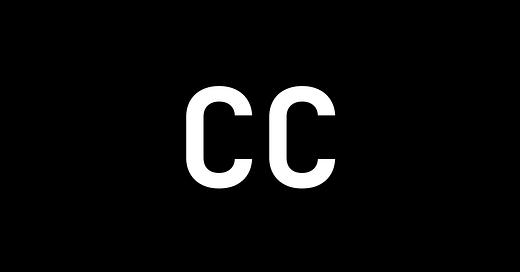Almost every dollar of yield in the world comes from one source: the interest rate. Fed raises? You earn more. Fed cuts? You earn less. Doesn’t matter if you’re holding Treasuries, sitting in a money market fund, or running a bank - you’re rate-exposed.
Demand for USD yield is high. It always is. But what happens when rates fall? When the macro shifts or liquidity dries up?
What happens is exactly what always happens: the hunt for yield leads to increased risk. Private credit. Levered real estate. Altcoin farms. Suddenly, instead of earning 5% on cash, you’re praying you don’t blow up chasing it.
There’s a better question to ask: can we build dollar yield that doesn’t depend on the Fed at all?
Not levered yield. I mean structural, repeatable, non-rate-correlated yield.
This kind of yield is rare in TradFi. It’s almost nonexistent, and certainly not accessible at scale. But the demand for it could be massive: every fund, corporation, and individual sitting on cash wants returns on cash without taking on unneccessary risk.
This idea of non-correlated yield is one of most interesting areas where stablecoins come in. By turning dollars into code on global blockchain networks, USD can become productive in ways that aren’t possible on traditional rails. And with productivity comes sustainable yield.
Stablecoins let us move beyond yield as a passive consequence of policy and into yield as a function of participation in real economic activity.
We’re building toward this with Crowd Liquidity at Eco, where passive stablecoin balances opt in to being used to fill cross-chain stablecoin transfers, earning fees along the way. There’s no rate exposure or leverage, just autonomous smart-contract payment infrastructure doing its job and paying for it.
It’s just one example of a new category of dollar yield that is beginning to emerge: driven by economic activity on open networks - not the Fed. And I expect the demand for it will only grow.



